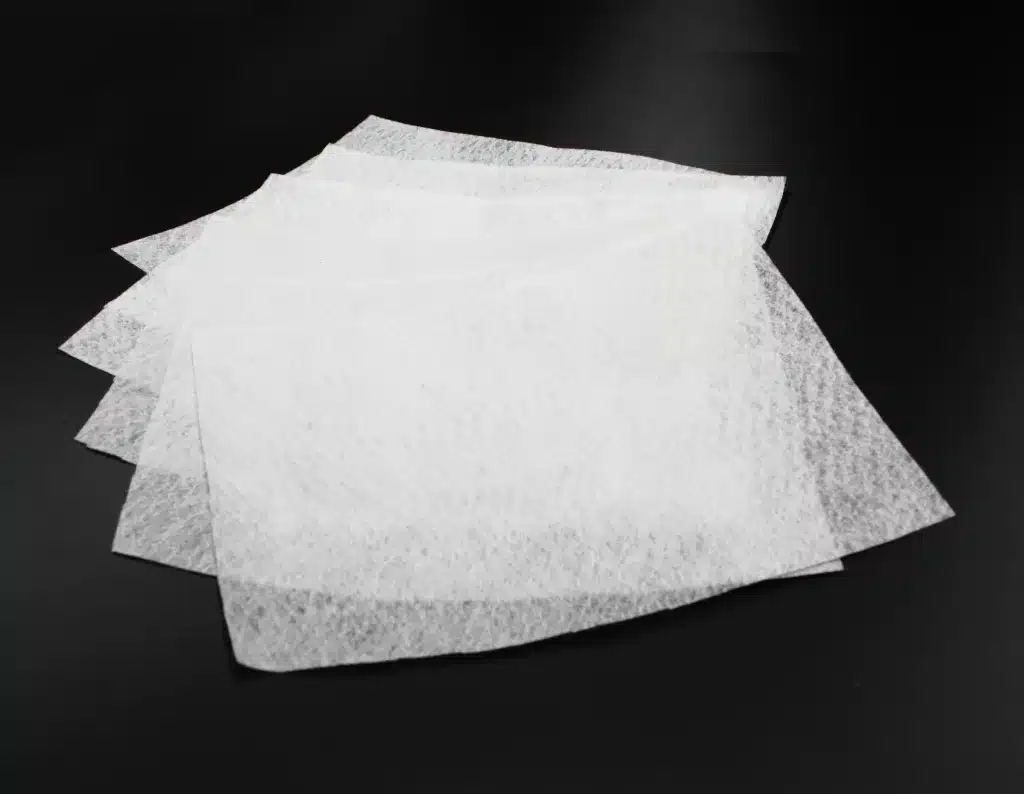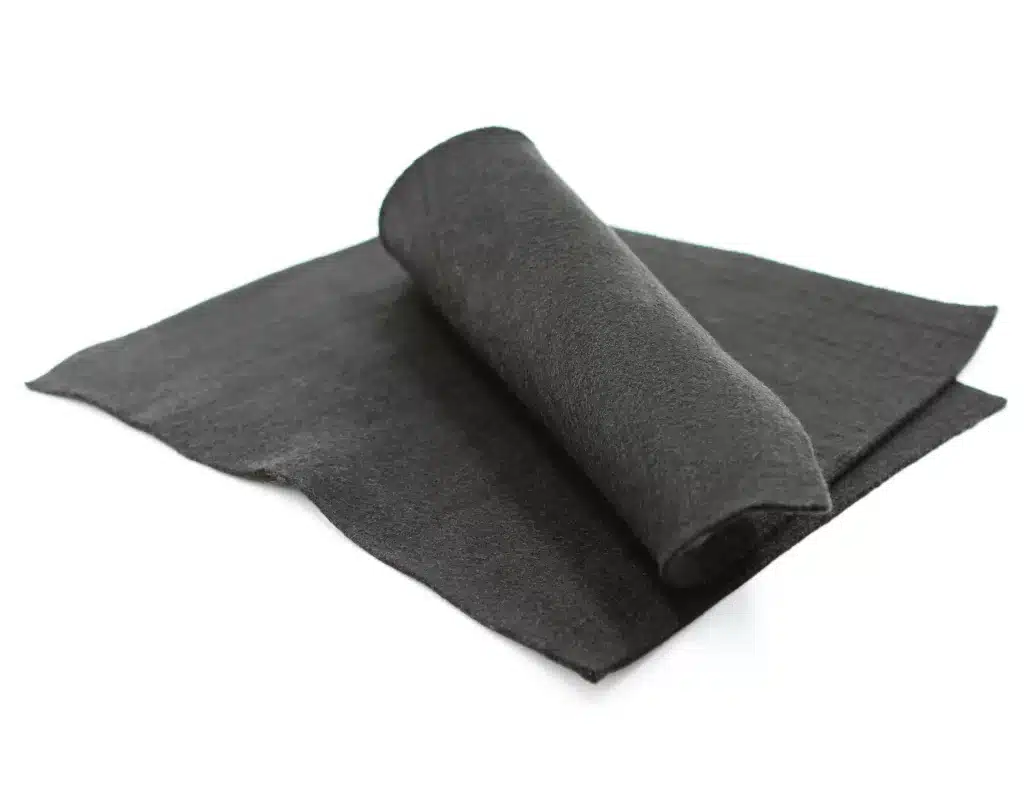+86-159 9860 6917
info@geofantex.com
geofantex@gmail.com
+86-400-8266163-44899
Geotextile fabric is an essential material in modern construction, especially when it comes to driveways. This fabric, typically made from synthetic fibers such as polyester or polypropylene, is engineered to improve the performance and durability of driveways. It offers numerous benefits, including preventing erosion, enhancing soil stability, and extending the lifespan of the driveway. In this article, we will explore whether geotextile fabric is needed for driveways, its waterproof properties, the best times to use it, and how to properly install it.
Is Geotextile Fabric Needed for Driveway?
Yes, if you want your driveway to last, geotextile fabric is highly recommended, particularly for driveways prone to erosion or with poor soil conditions. When installed beneath the driveway, the fabric acts as a separator, preventing the mixing of subsoil with the base material. This helps to maintain the structural integrity of the driveway, reducing the likelihood of cracks and potholes forming over time. Additionally, geotextile fabric improves drainage, preventing water from pooling under the driveway, which can lead to frost heave and other issues.

Is Geotextile Waterproof?
Yes, geotextile fabric is designed to allow water to pass through while still providing filtration and separation of soil and other materials. It is not completely waterproof; instead, it is designed to be permeable, allowing water to pass through while still serving its primary function as a separator and stabilizer. This permeability is crucial for drainage, as it enables water to filter through the fabric rather than accumulate on the surface. By facilitating proper drainage, geotextile fabric helps prevent water-related damage to the driveway, such as erosion or frost heave.
When to Use Geotextile Fabric?
Geotextile fabric should be used whenever a driveway is constructed on soil that is prone to erosion, has poor load-bearing capacity, or is subject to frequent waterlogging, particularly in drainage applications where water flow through (permeability) is the main concern. It is especially useful for gravel driveways, where it helps maintain the separation between the gravel and the underlying soil. Geotextile fabric is also beneficial in areas with heavy traffic, as it helps distribute the load more evenly, reducing the risk of deformation and prolonging the life of the driveway.
How Do You Install Fabric on a Driveway?
Installing geotextile fabric on a driveway is a straightforward process that can significantly enhance the driveway’s performance. Here’s how to do it:
- Prepare the Site: Excavate the area you need for your driveway to about 3″ -6″ deep. Clear the area of any vegetation, debris, or existing materials. Tamp down the bottom of the excavated area to ensure it is level and compacted.
- Lay the Fabric: Roll the filter fabric out along the bottom of the hole, making sure it covers the entire area where the driveway will be installed. Overlap the edges of the fabric by at least 12 inches to prevent soil from seeping through the seams.
- Secure the Fabric: Anchor the fabric using landscape staples or pins to keep it in place during the installation process.
- Add Base Material: Fill in the excavated area with angular gravel. Spread the material evenly, ensuring a consistent thickness across the driveway.
- Compact the Base: Compact the angular gravel using a compactor to firmly press the base material into place, ensuring a solid foundation for the driveway surface.
- Finish the Driveway: Complete the driveway by adding the final surface layer, whether it’s asphalt, concrete, or more gravel.
Geotextile fabric is a vital component for constructing durable and long-lasting driveways. It serves as a separator, stabilizer, and drainage facilitator, making it an essential material for driveways built on challenging soils. While it is not waterproof, its permeability is a key feature that prevents water damage. Proper installation of geotextile fabric can extend the life of your driveway, ensuring it remains functional and visually appealing for years to come. Whether you’re building a new driveway or upgrading an existing one, incorporating geotextile fabric is a wise investment in the longevity and stability of your driveway.



Get Free Sample
We’ll respond as soon as possible(within 12 hours)





















